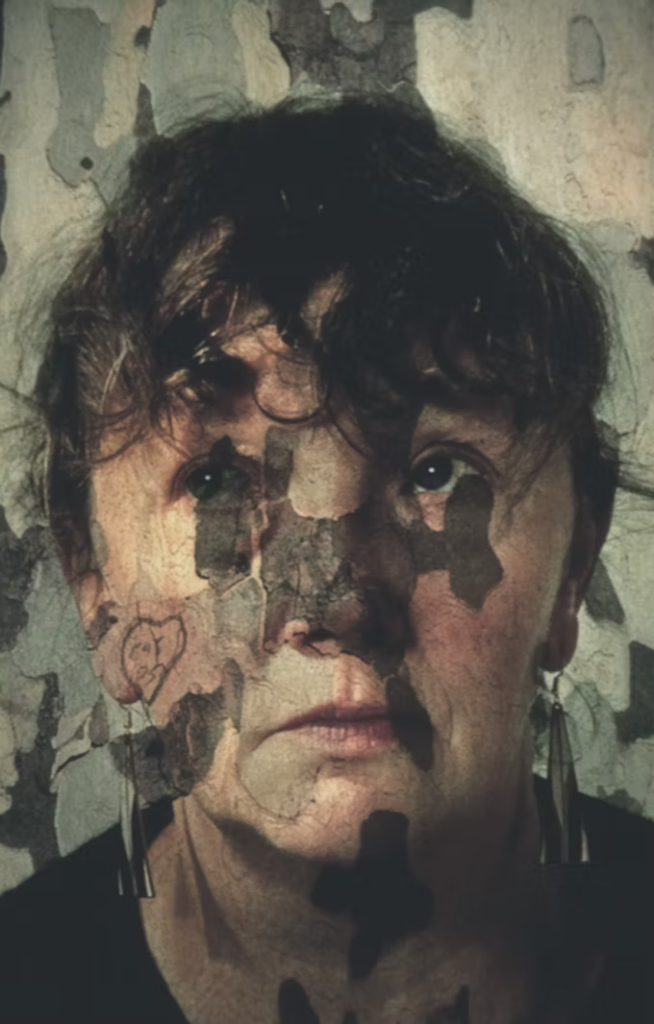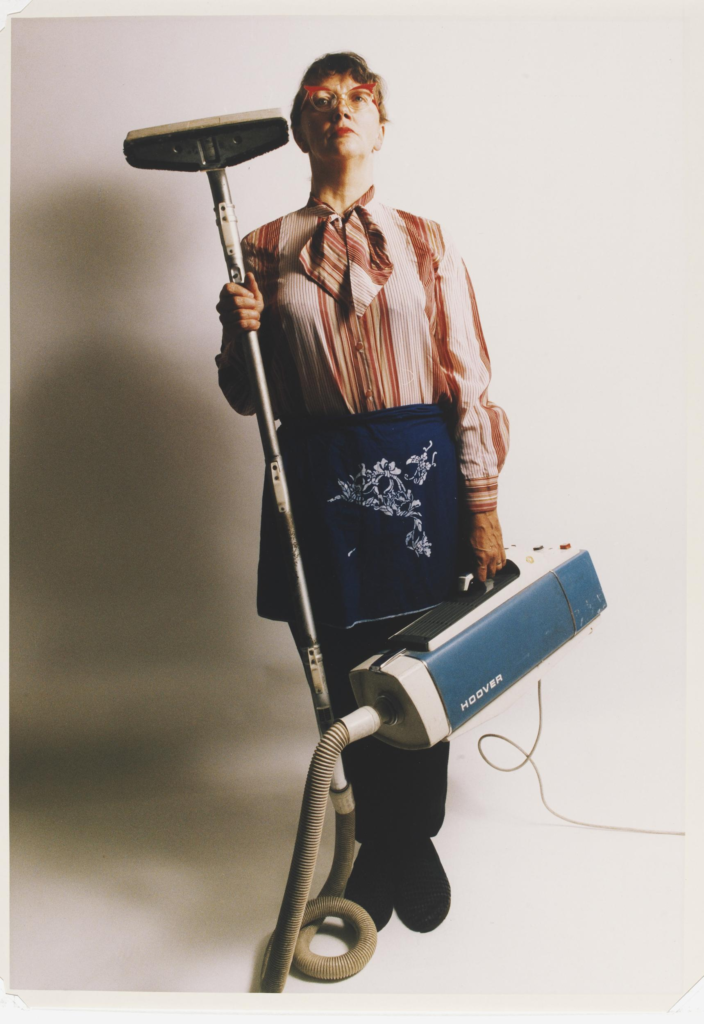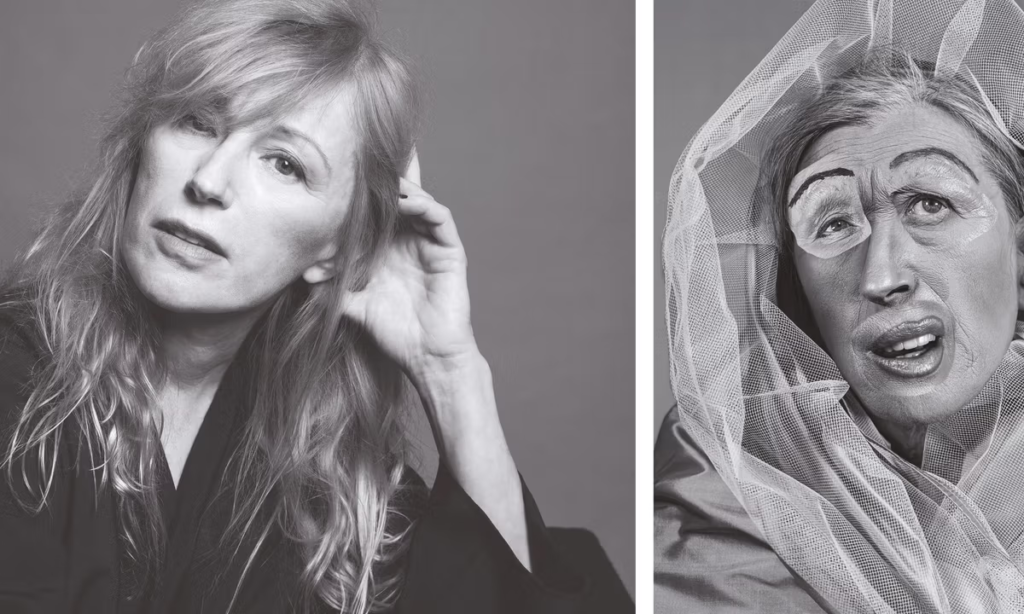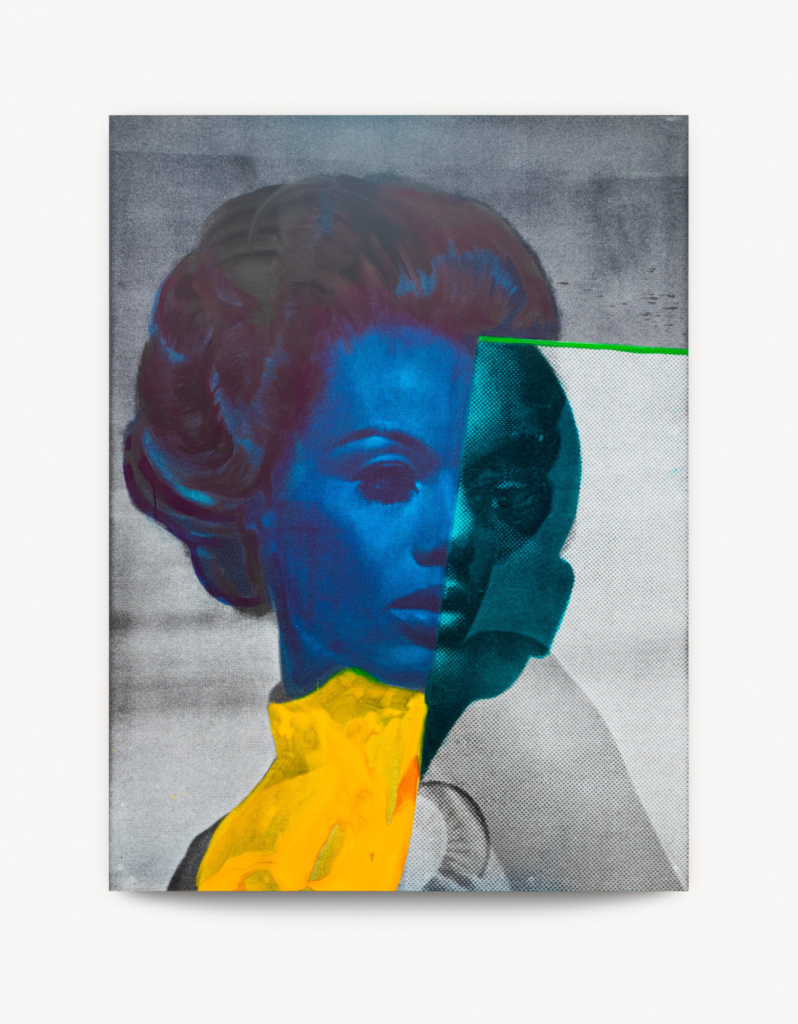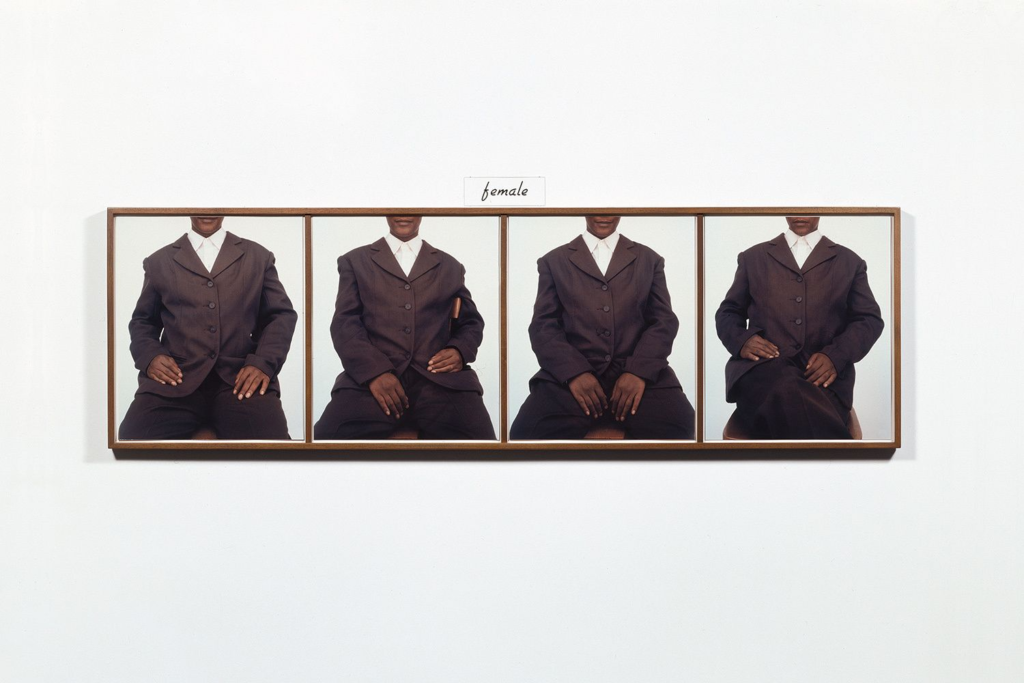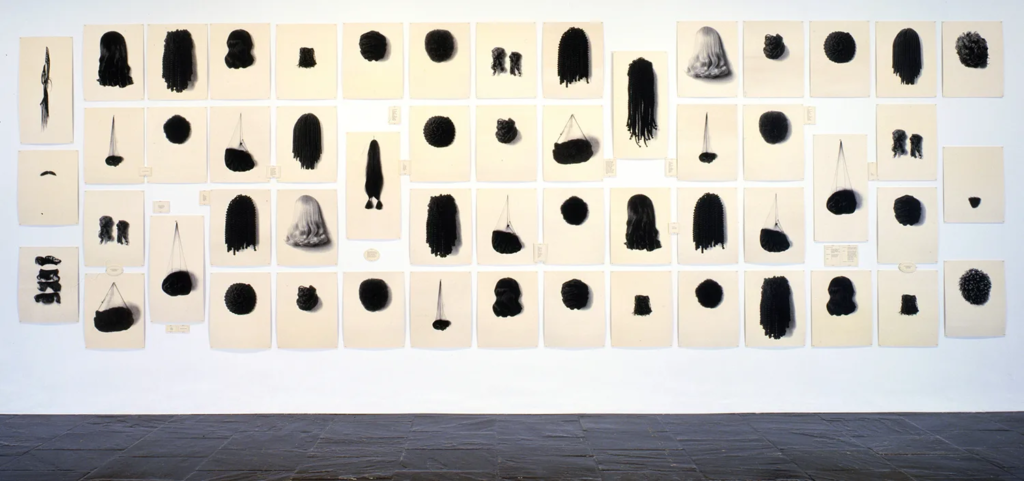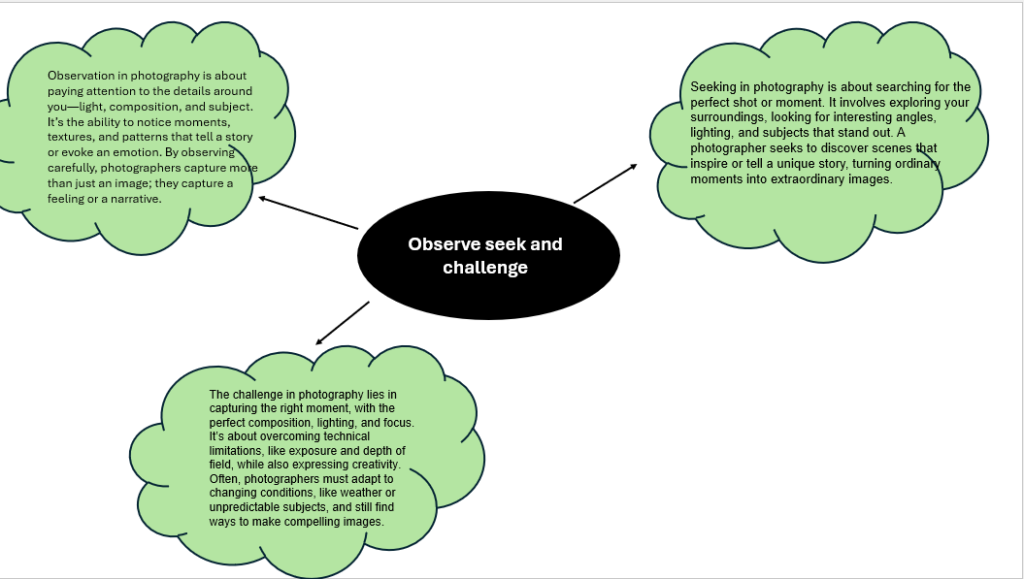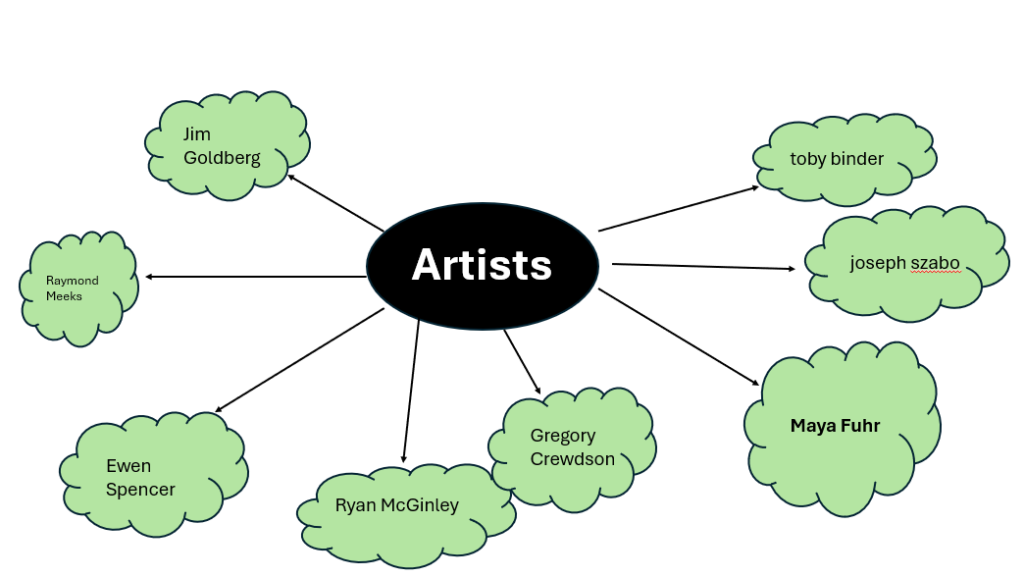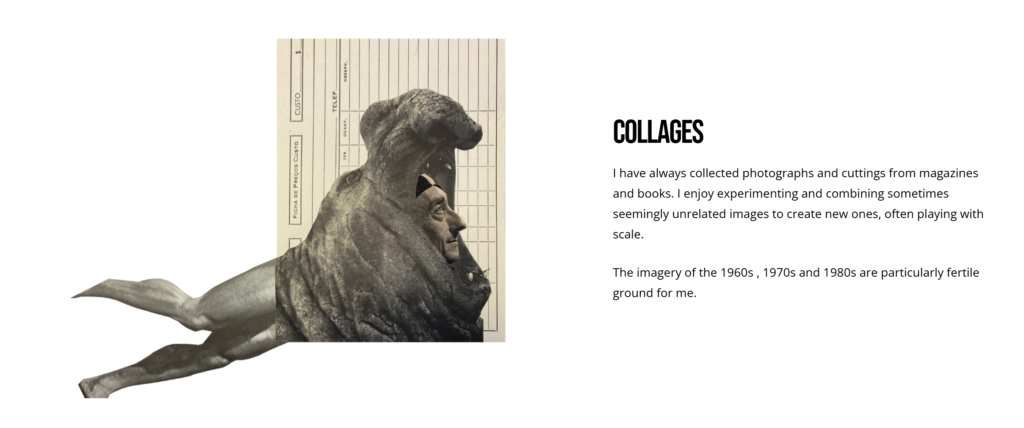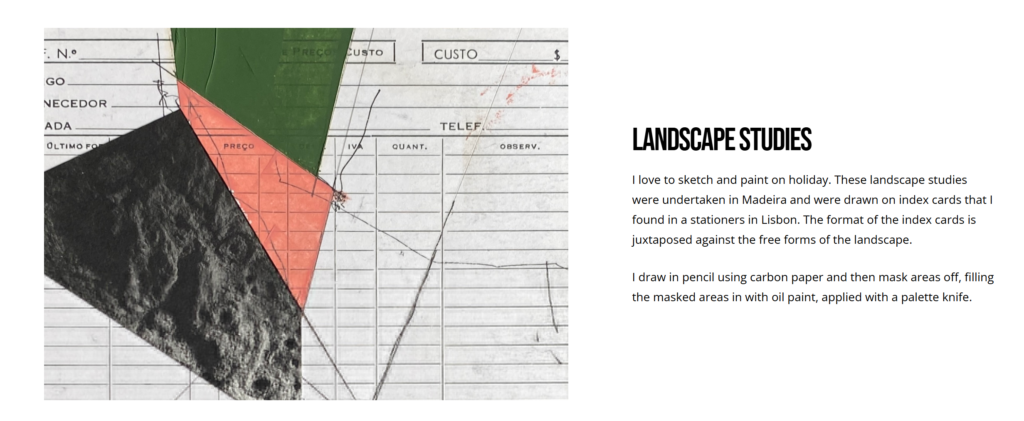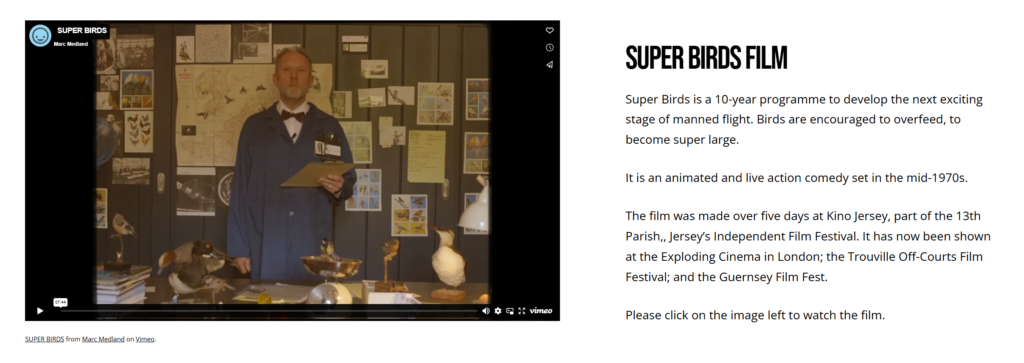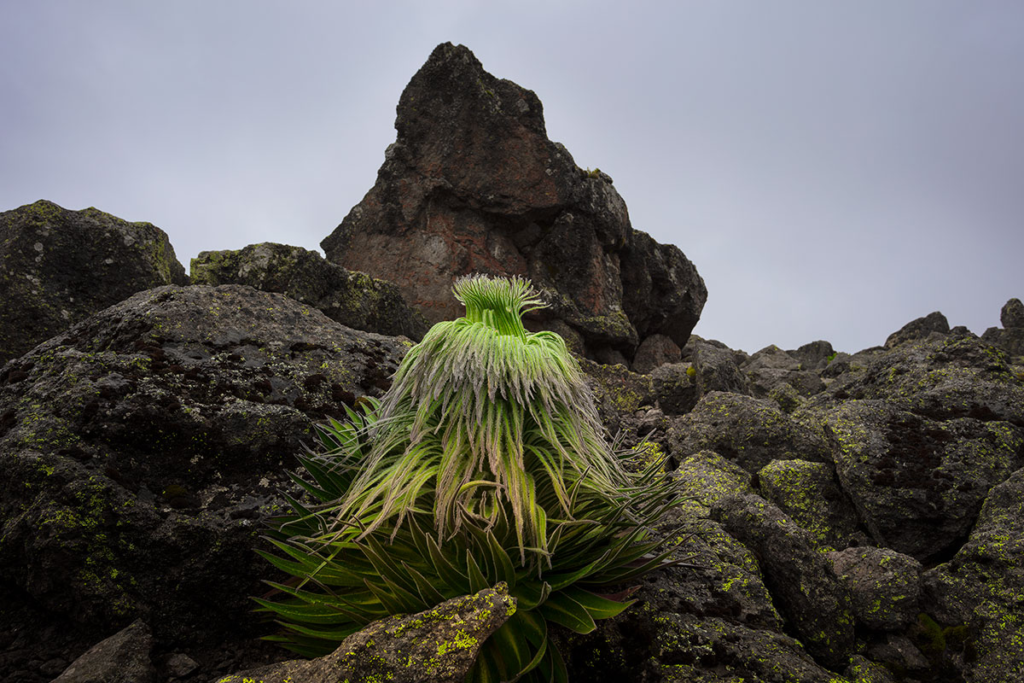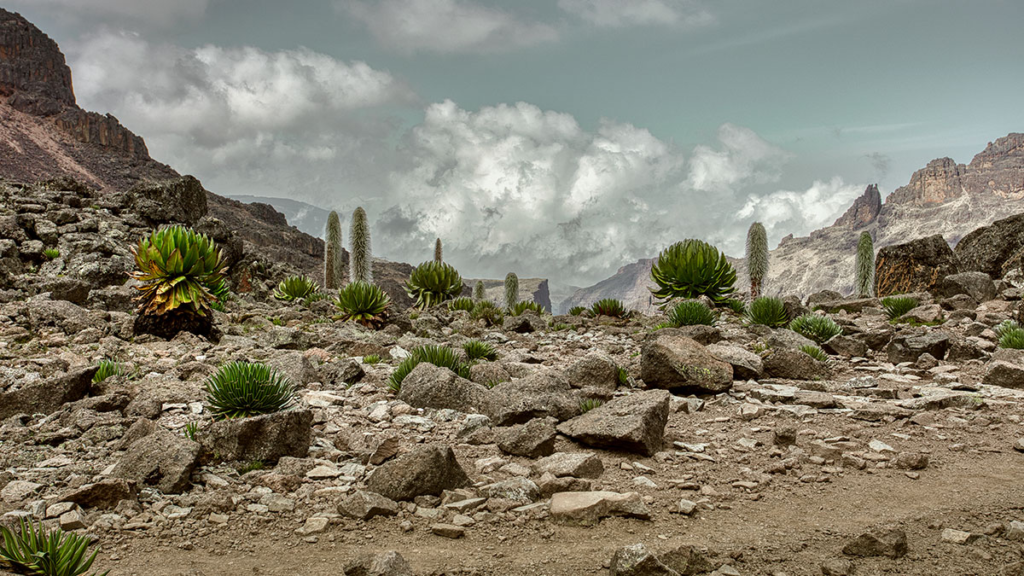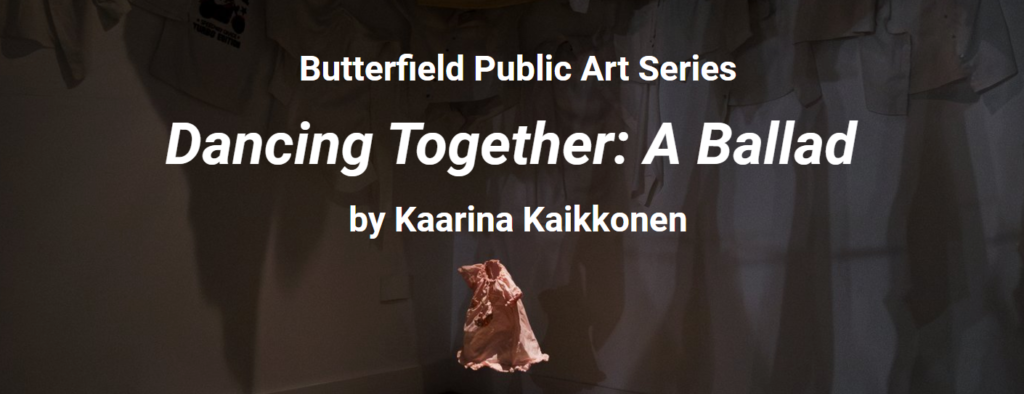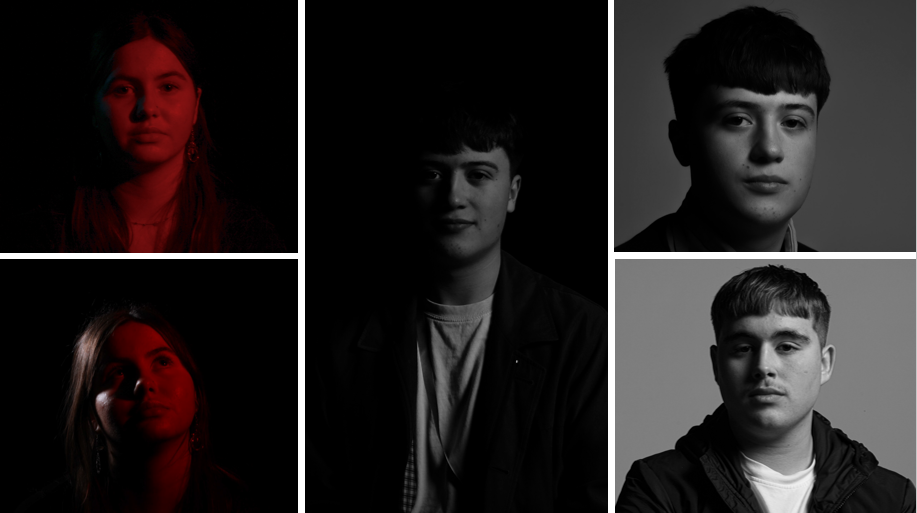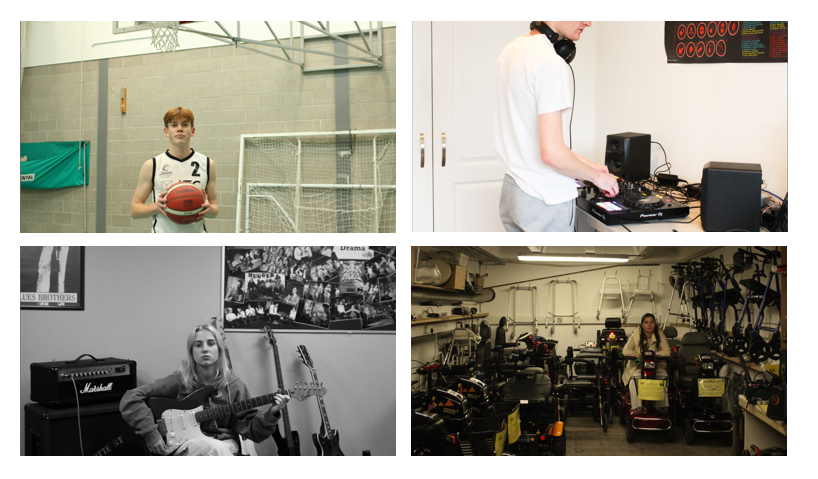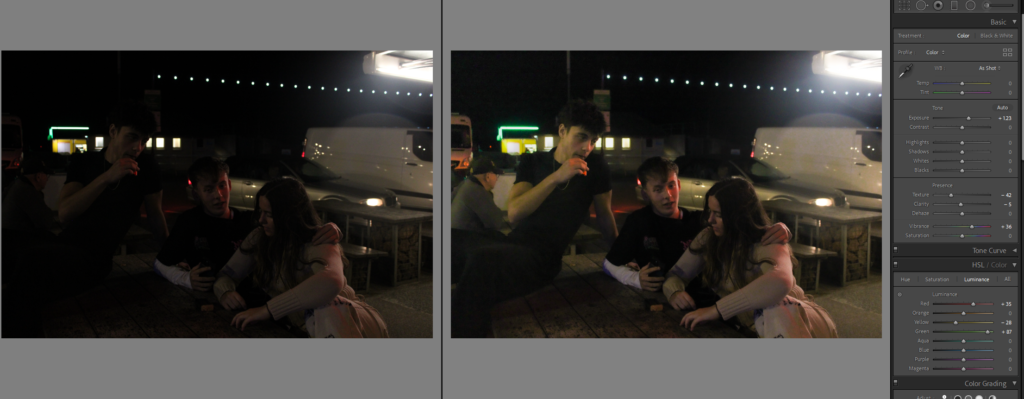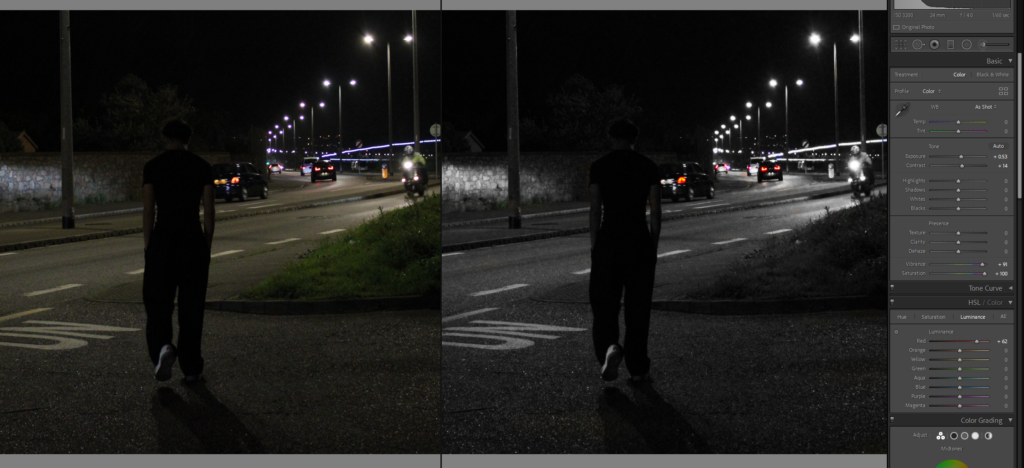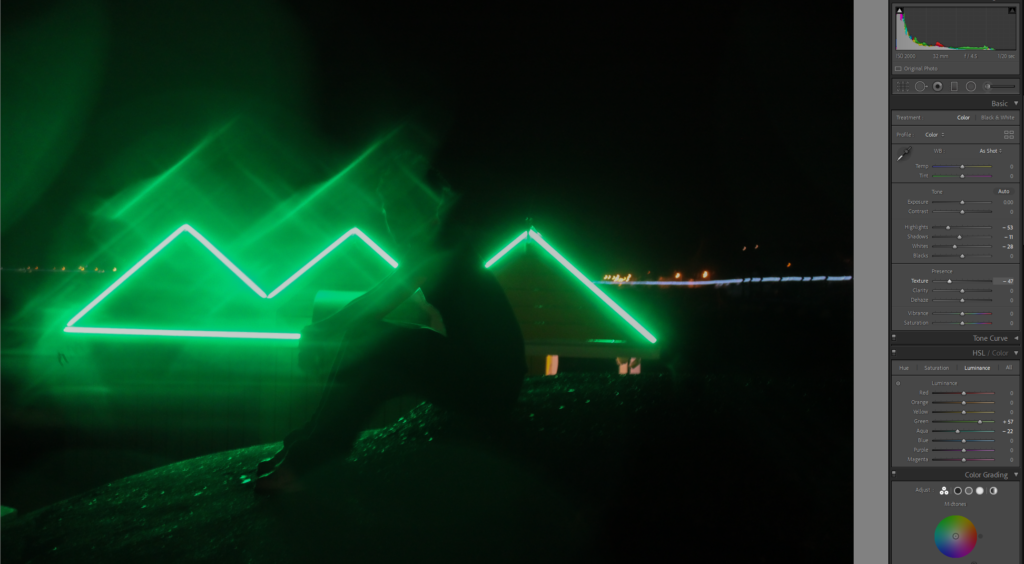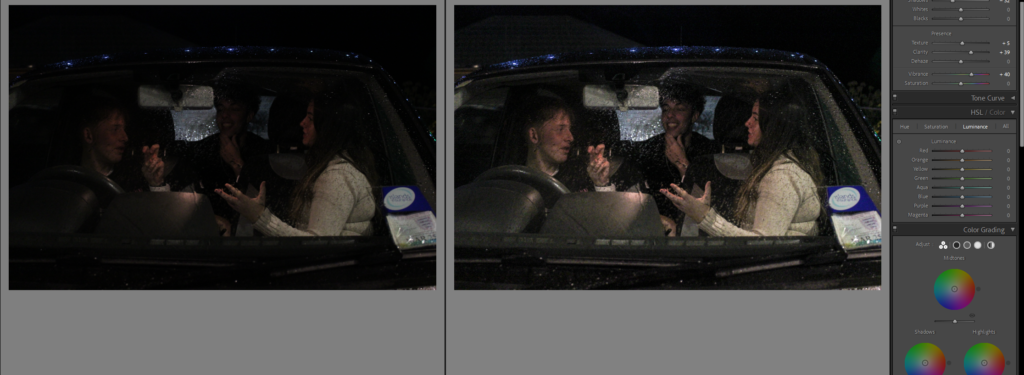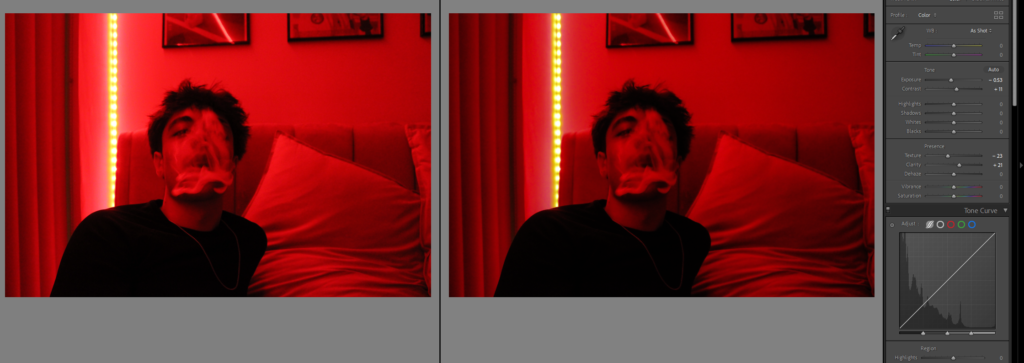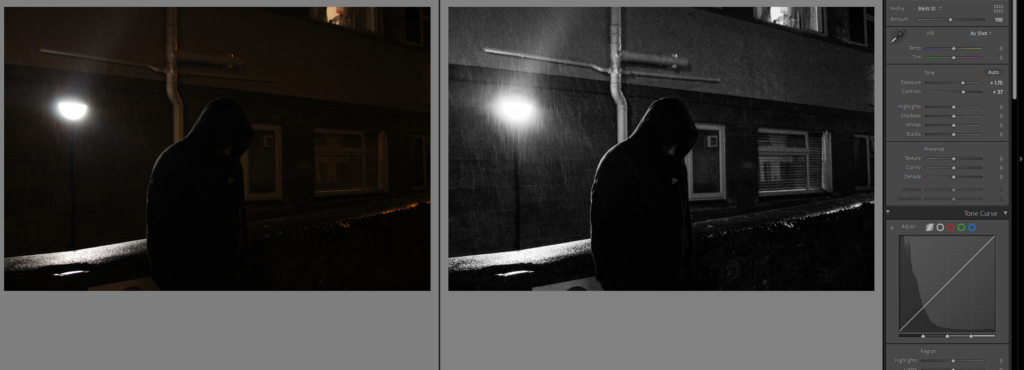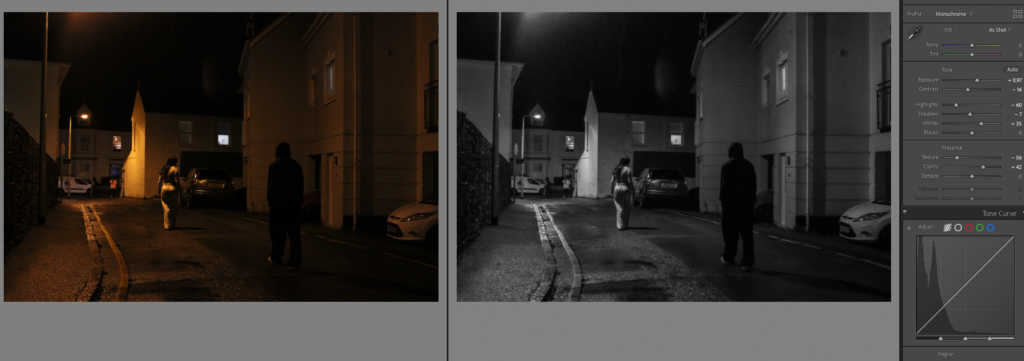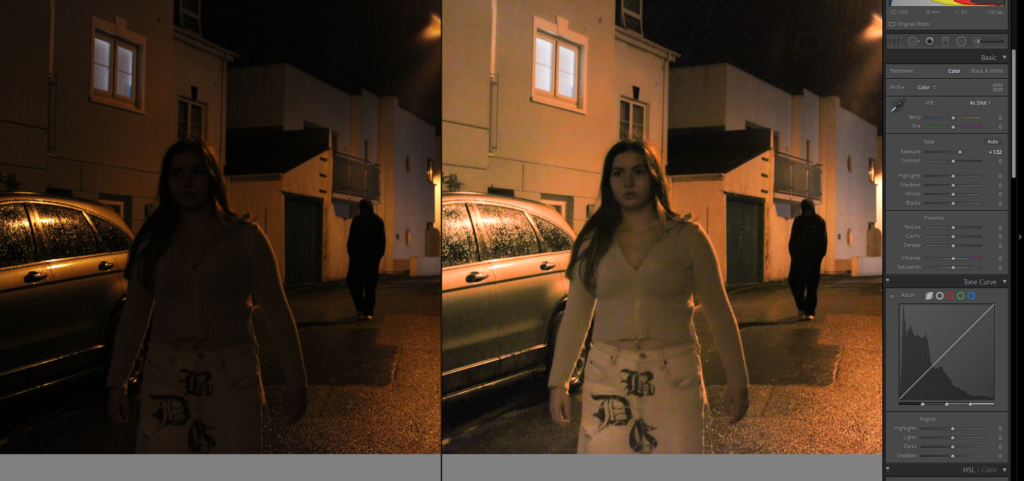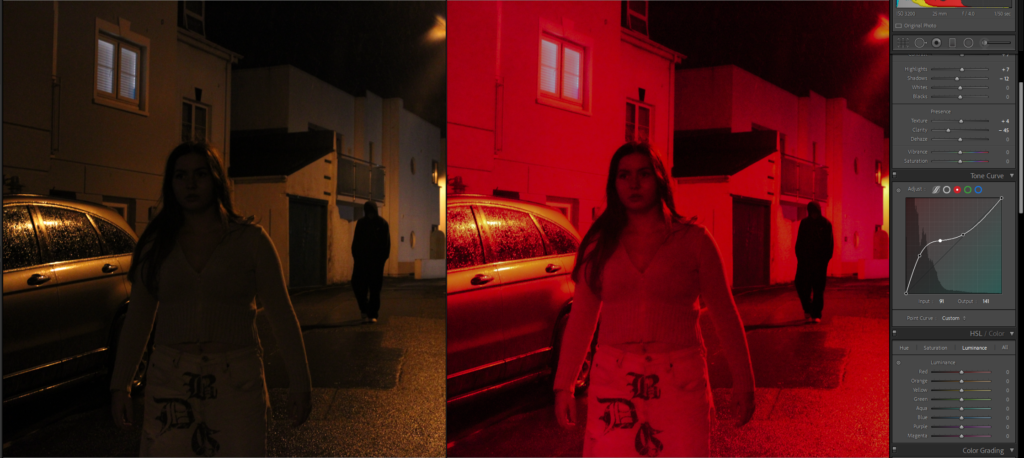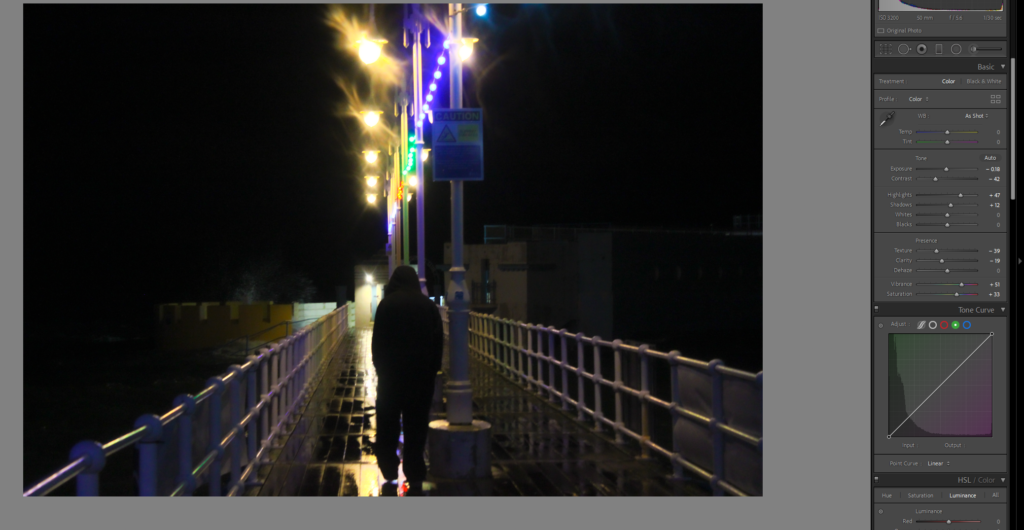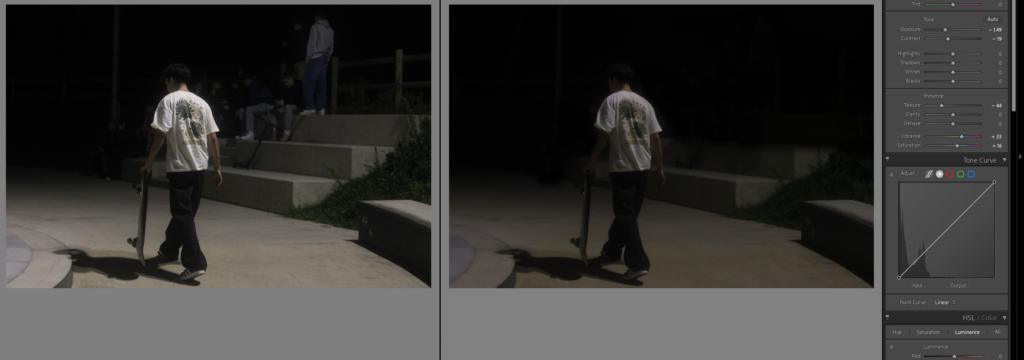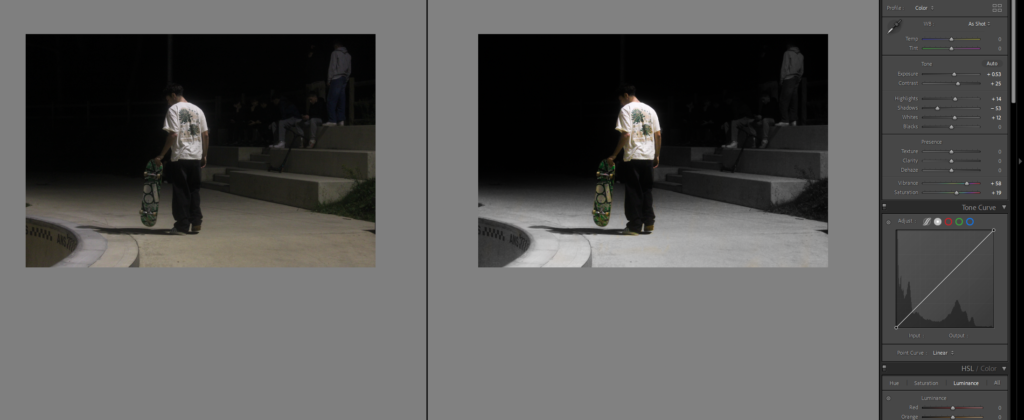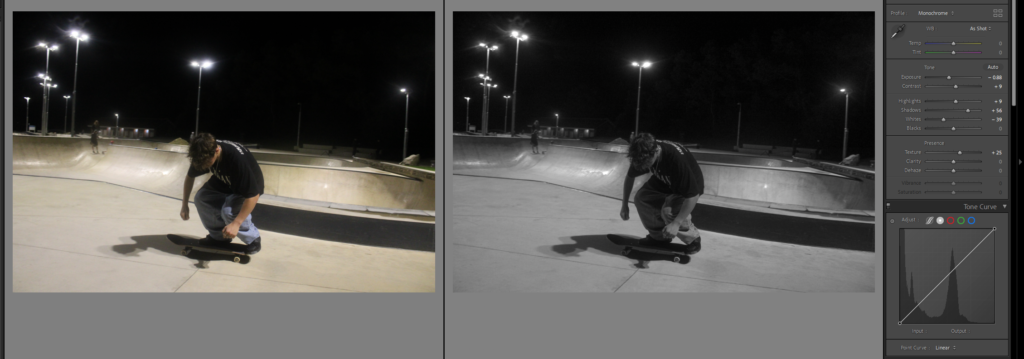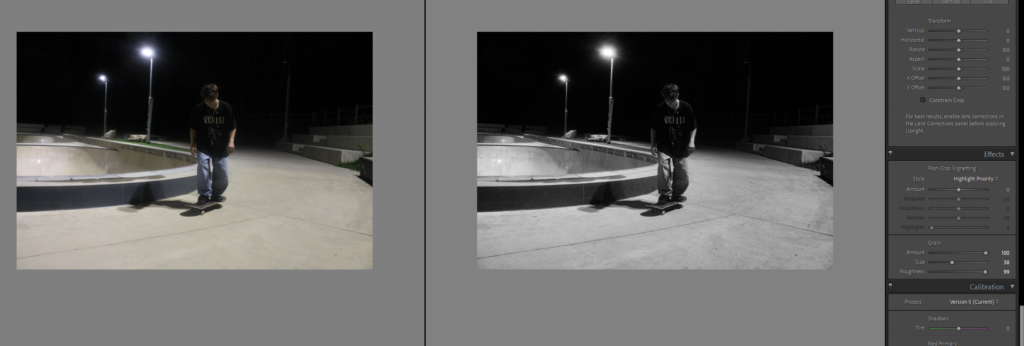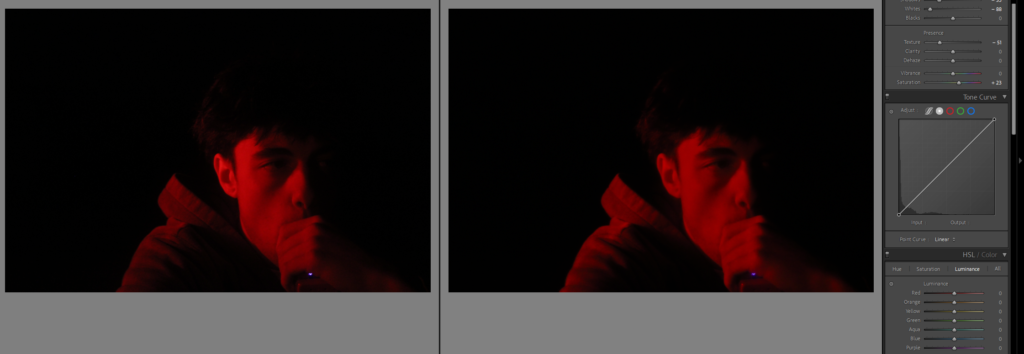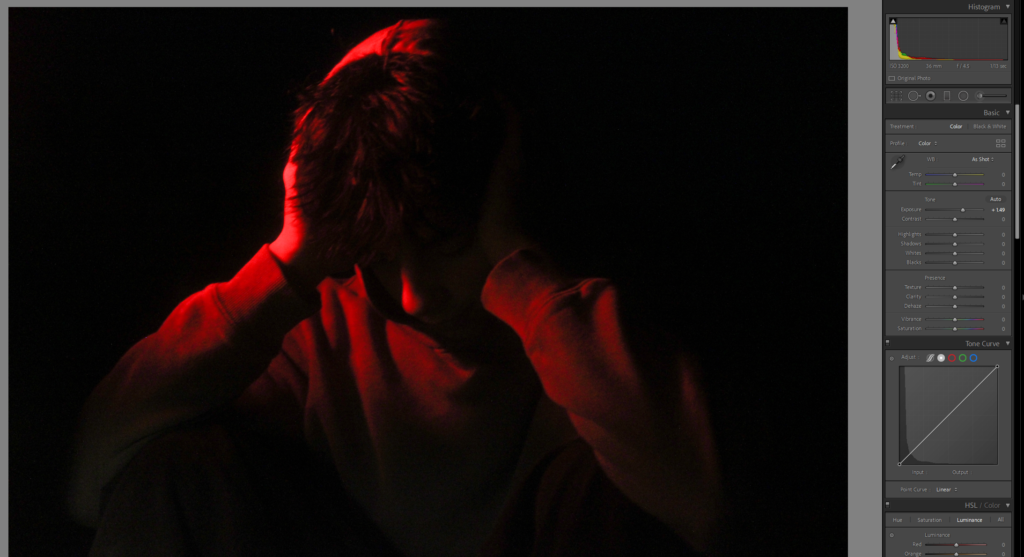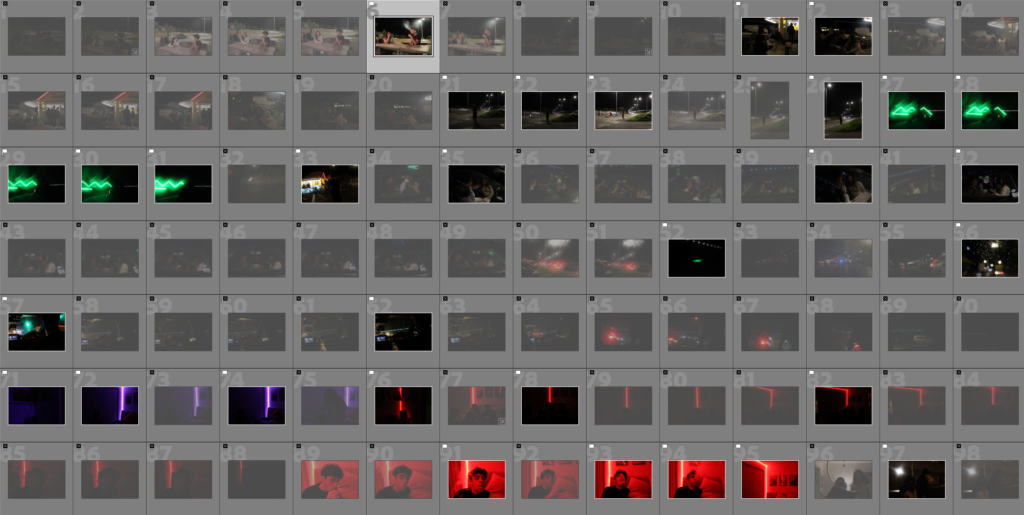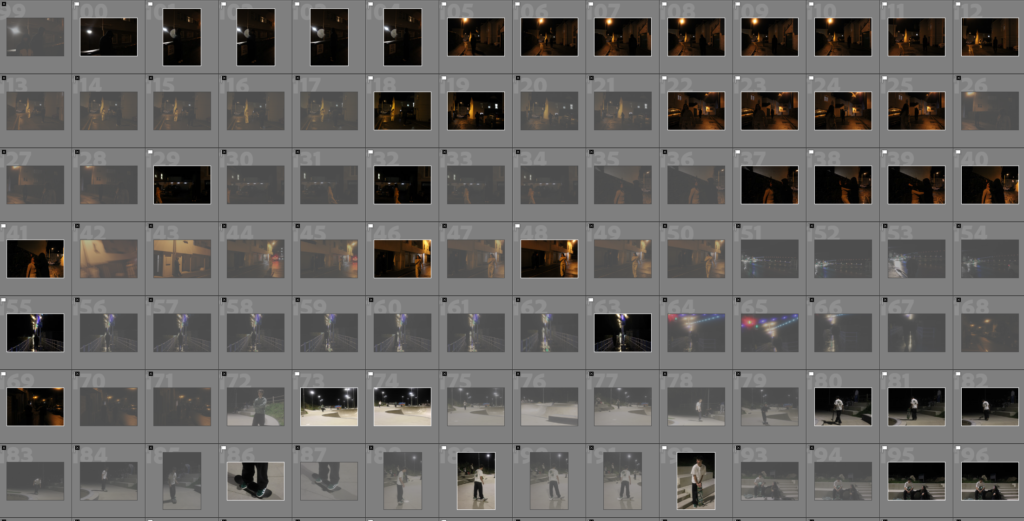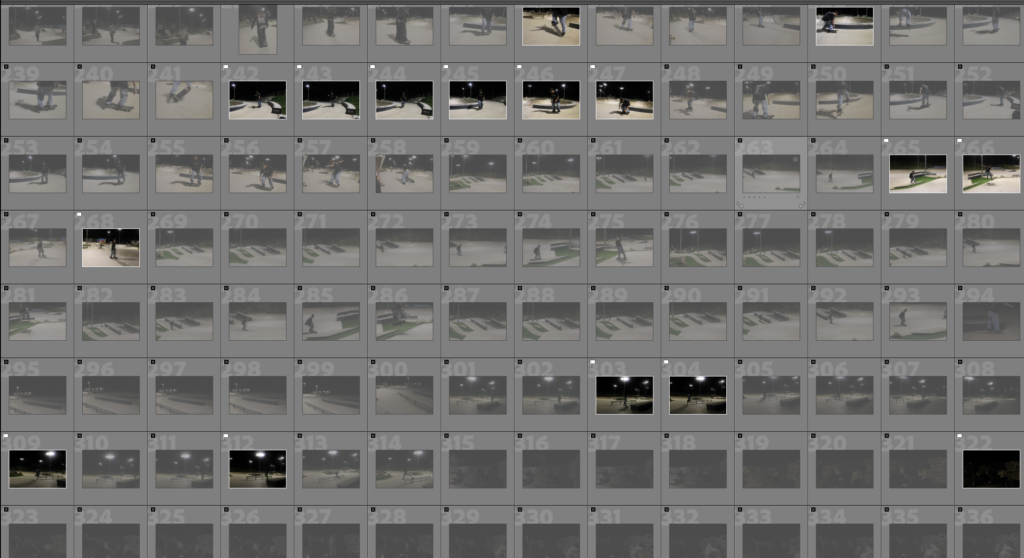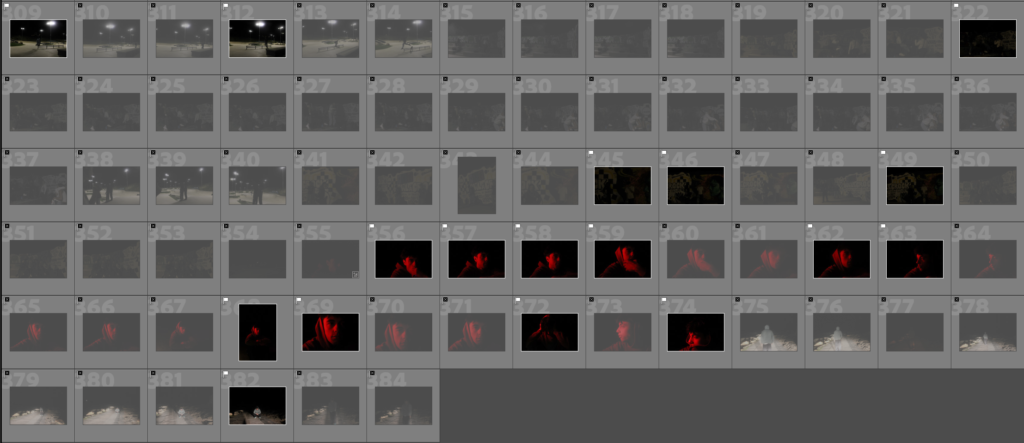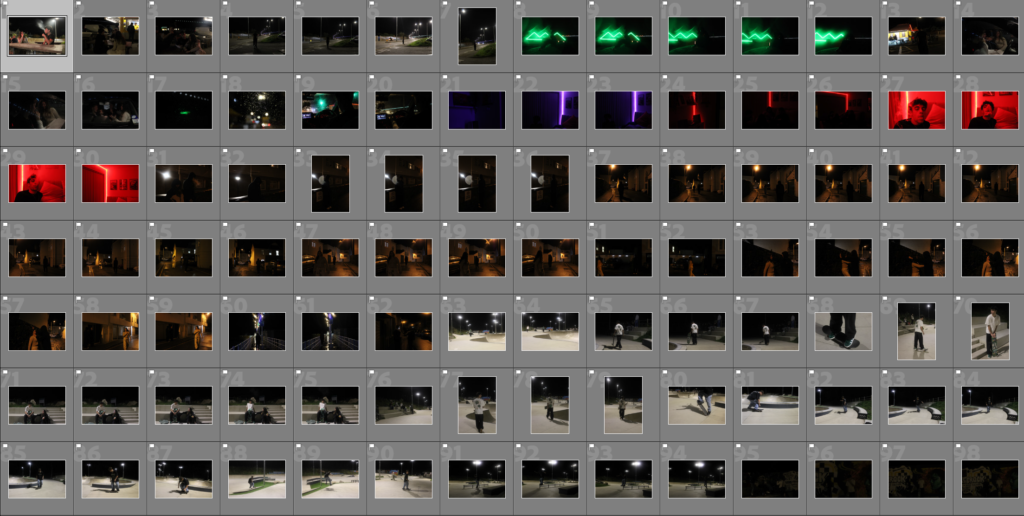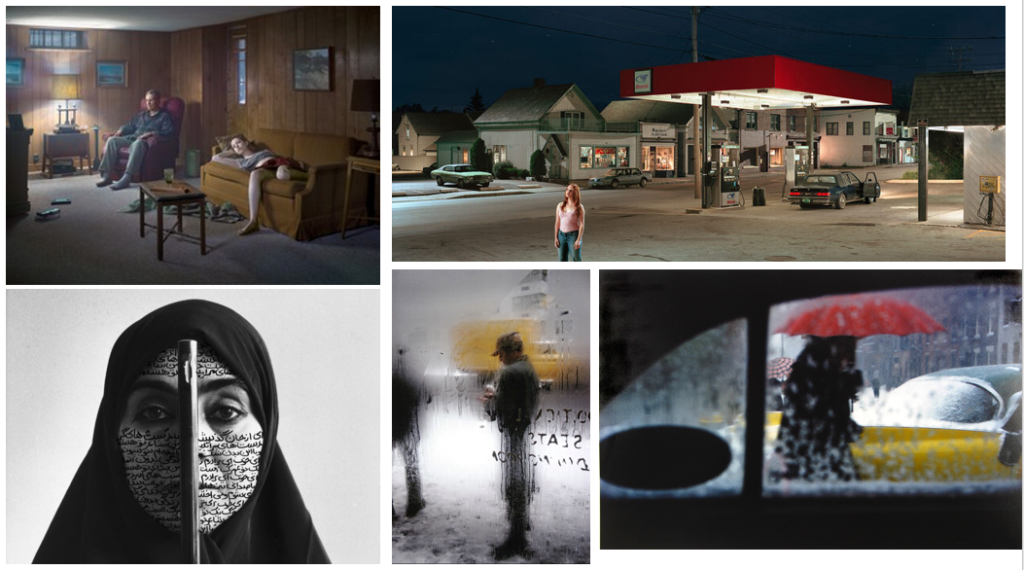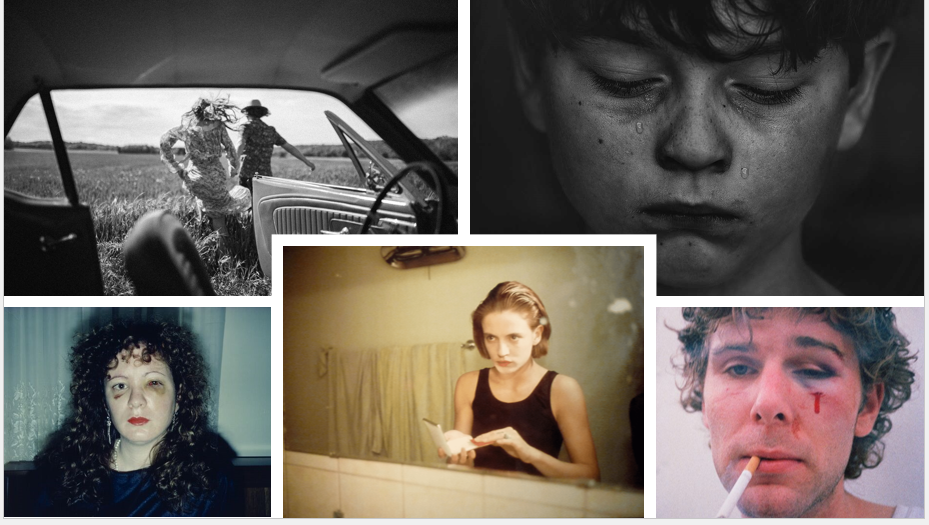Statement of intent –
- What you want to explore?
- Why it matters to you?
- How you wish to develop your project?
- When and where you intend to begin your study?
Personal:
Within my work, I aim to explore the concept of identity through photography. Due to my deep interest in this subject, I believe I can create personal and expressive representations of self-portraits that capture my sense of self, as well as the way others perceive me differently. I find that no one truly knows me because I present a different version of myself depending on the people I am with. This is something that everyone experiences, as we all shift and adapt our personalities in various contexts. For me, identity in photography offers an insight into the photographer’s deeper understanding of themselves. Photography allows for multiple ways to explore identity visually, creating lasting images that resonate in a viewer’s mind. A photograph captures a more direct and immediate sense of who people are compared to written words or books. From my own personal experiences, I feel that developing my portrait skills, along with my interest in identity, provides an opportunity to delve into the truth of who we are. Whether through a self-portrait or a colorful image that reflects personality, my goal is to visually convey the essence of human identity. Through this creative photographic process, I hope to educate others about how everyone is unique yet shares similar experiences. I aim to highlight the significance of these differences and commonalities, using photography to foster understanding, connection, and awareness. My work seeks to create a space where individuals can express themselves, relate to others, and find meaning in their own experiences.
I wish to develop my project by exploring visualizations of identity, incorporating elements like tableaux, but through the medium of documentary photography. However, in my work, I will stage these images to replicate the effect of a tableau, with the goal of creating an immersive atmosphere that encourages viewers to reflect on the multiple identities they embody. By staging these photographs in a controlled environment, I aim to capture the complexity of identity, inviting viewers to connect with the idea that, like myself, we all navigate different roles and personas depending on our surroundings and relationships.
Photographing myself, I believe, will better replicate the relatability of these experiences. The process of self-portraiture will allow me to convey the nuanced way in which we shape our identities in different contexts. Using both studio lighting and outdoor settings, I plan to photograph myself in a variety of situations—with friends, family, strangers, and also alone. The use of these different environments will help illustrate the contrasts between how we present ourselves in private and public spheres. By incorporating a tripod, I can take control of the framing and composition, enabling me to directly engage with the process and capture the intimate aspects of identity from various perspectives.
In combining these settings and interactions, my intention is to create a series of images that visually explore how identity is not fixed but is fluid and influenced by the people around us and the environments we inhabit. Through these photographs, I hope to evoke a sense of personal reflection in my audience, encouraging them to consider the many identities they embody throughout their lives.
Project:
Due to my strong interest in the concept of identity, I feel that exploring this theme through a personal, documentary approach will make for an engaging and insightful project. I aim to create a series of visual representations that delve into the complexities of identity, focusing on how people express different facets of themselves depending on context, relationships, and personal experiences. Drawing inspiration from my own experiences and observations, I will base my work on the idea that identity is fluid and constantly evolving.
With access to various subjects—friends, family, strangers, and personal encounters—I plan to explore identity from multiple angles, capturing different personalities, moods, and interactions. I believe that photographing people in different settings and with varying degrees of intimacy will help highlight the diverse roles we play in our daily lives. Using a mix of staged and candid imagery, I will aim to depict the complexity of identity through visual storytelling, showing how people project different versions of themselves based on the environment and relationships they are part of.
My work will also draw upon written accounts and personal stories from the individuals I photograph, incorporating their own reflections on identity and self-perception. I will use a combination of studio lighting and natural settings, such as outdoor locations or familiar environments, to further emphasize the contrast between the private and public aspects of identity. Through this approach, I hope to create a deeper understanding of how identity is shaped by our surroundings and interactions, offering a more personal and immersive experience for viewers.
This project serves not only as a reflection on my own understanding of identity but also as an exploration of how others navigate the complex and ever-changing nature of who they are. By documenting these different perspectives, I aim to share a multifaceted view of identity that resonates with anyone who has ever questioned or reflected upon their own sense of self. Ultimately, I hope this project fosters a greater awareness of the importance of self-expression and how our identities are shaped by the diverse roles we take on in life.




